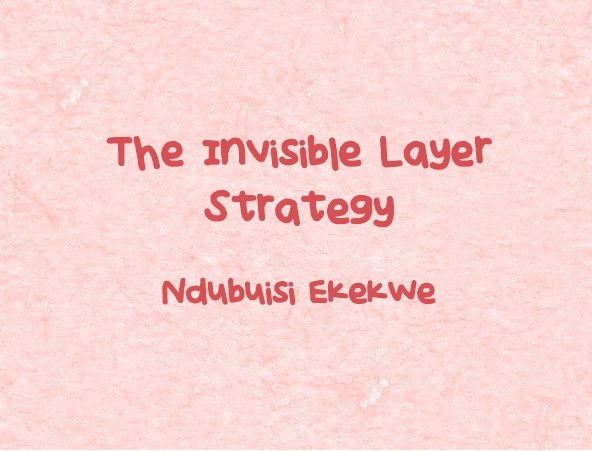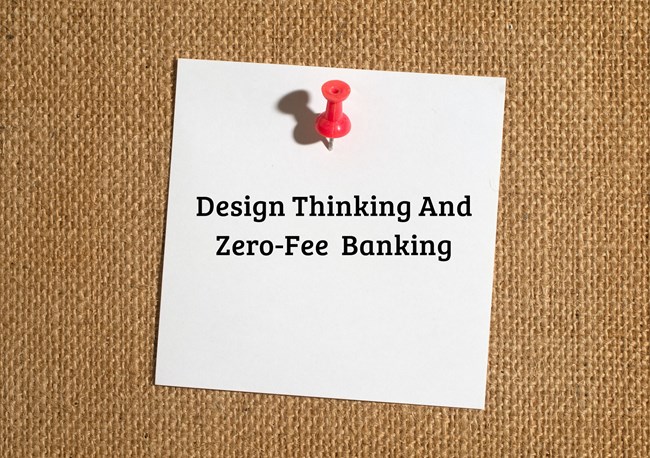
OPay, a payment company, began with a business strategy I have termed the Invisible Layer Strategy. Simply, the company started by subsidizing transportation services by making ORide (motorcycle ride hailing), OBus, OKeke, etc, very affordable. It used that to acquire a massive user base for its paytech unit. The plan was never to run those transportation units because their margins were small, and also scaling was an issue. But they provided one thing: they forced users to download the OPay app to get those free or discounted rides.
In this piece, I posited that even though OPay may be losing money in the transportation unit, it has a promise on the payment one under a Double Play Strategy which I have written extensively in Harvard. Simply, OPay will make money for the business even though ORide, OBus, etc may not.
One day, OPay hit one million users and that was the inflection point. One by one, it exited, and closed ORide, OBus, etc and then focused on the payment which was the original vision. To evaluate this strategy, you have to consider what it would cost OPay to use advertising to onboard one million users in that sweet segment it has pursued (people who pay, withdraw, pay making it easier to capture value via fees).
Register for Tekedia Mini-MBA edition 19 (Feb 9 – May 2, 2026): big discounts for early bird.
Tekedia AI in Business Masterclass opens registrations.
Join Tekedia Capital Syndicate and co-invest in great global startups.
Register for Tekedia AI Lab: From Technical Design to Deployment (next edition begins Jan 24 2026).
What are you doing to acquire customers?
Design Thinking And Zero-Fee Banking
When you pay that bill from your bank account, you pay a bank charge. But when you pay with one fintech’s app, connected to the same bank account, you do not pay any fee. How did that fintech execute that invisible layer strategy? I explain:
I will explain what OPay is doing at the technology layer within a well orchestrated design thinking framework. Consider the possibility that OPay has bank accounts in all banks in Nigeria. If a customer ( paying for DStv) pays through it, it will simply receive money from the customer to the specific corresponding bank account it maintains in the customer originating bank. At the same time, it will pay the merchant to the merchant’s bank account using its (OPay) funds in the same bank as the merchant’s.
Because wallet-to-wallet transfer in Nigeria does not attract a fee, this two-sided intra-bank transaction (inflow and outflow) does not cost OPay and its customers any transaction fee.OPay, relying on bank APIs, automates this protocol. This is Option 1. There are other options on how to execute this including having a holding quasi-entity.
Indeed, this also makes its confirmation fast and seamless since no inter-bank settlement takes place at scale. The only drawback is that funds may not be efficiently utilized (not actively working for you) as you must have funds reserved for settlements. Needless to add that you have to be loaded (yes, have funds) to execute this playbook.
How can you save your customers money? No better growth strategy than that in Nigeria in this season of many fees and charges. Use design thinking and invent a new business playbook for that company.

Comment on Feed
Comment 1: I just saw this post after concluding a transaction with Opay. I don’t understand the intricacies of their business, but whatever it is, they should keep it up. My only regret is why I didn’t start using the app earlier, especially during the cash scarcity. Their transactions are swift, free and seamless.
My Response: They run a settlement fee system across all banks in Nigeria which means they have no connection to NIBBS. With that, they pay no fee.
Comment 2: Prof, isn’t it possible that Opay didn’t actually have Fintech in mind from the outset but simply began to focus on the sector after they’d found its huge potential?
My Response: On Day 1 when OPay company launched ORide, the uniforms the riders wore did not have ORide, OBus, etc. Everything was branded OPay. If you saw their riders, everything was OPay. The app was OPay, not ORide, OBus. That was a clear indicator that right from Day 1, the destination was OPay
---
Connect via my
LinkedIn |
Facebook |
X |
TikTok |
Instagram |
YouTube




This is also the construct that could finally unlock e-commerce here at scale, I modelled it three years ago, so if nobody is ready to execute it, I will still file it in to do list.
You don’t need to be sending any ordered item from Lagos to Abuja or PH, no, when a shopper visits the site, every item displayed is available in that location, he/she cannot see nor order what is not available at the location. If you are in Asaba and wants to purchase washing machine, if such is not currently available in Asaba pickup point, you are not going to see washing machine on the site, but another person in Lagos might see it…
This will expand the concept of pick up points, while home delivery becomes a premium service.
Opay utilized and largely maximized existing infrastructures within the banking system, allowing it to dole out more freebies than its competitors; same infrastructures are available within our commerce space, all you need to do is figuring out how to utilize and maximize them, using technology. In both cases, you need plenty cash to dive in, do not try this if you have tiny cash to play with.
Those with money can’t think or are disinterested, and those who can think don’t have the money, it remains a quandary.